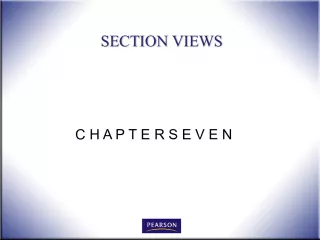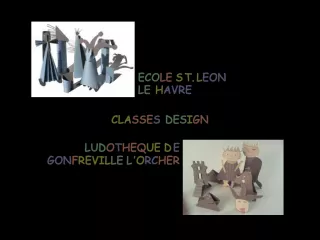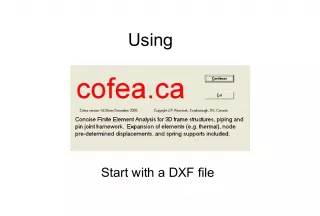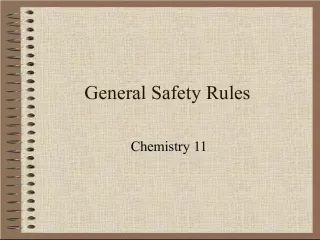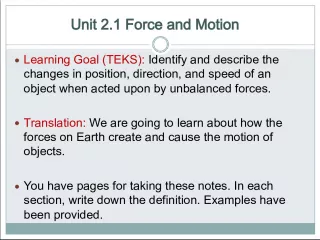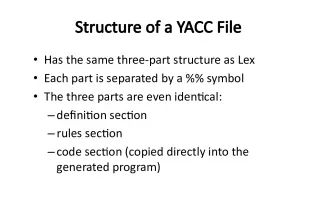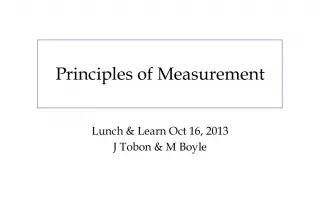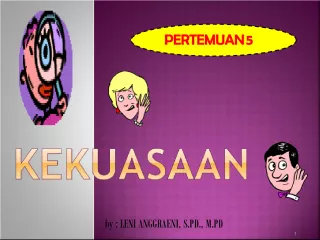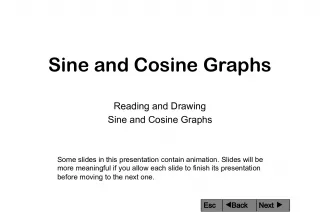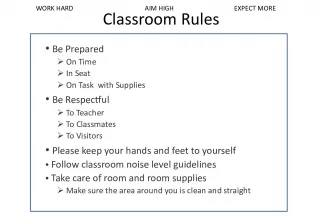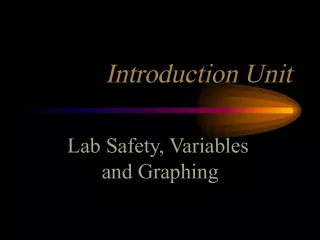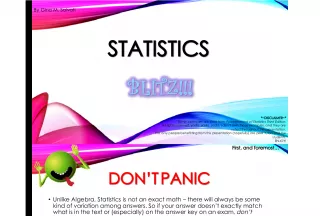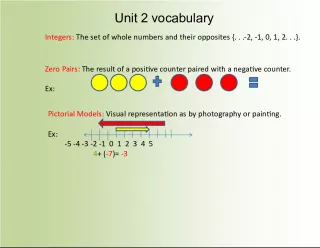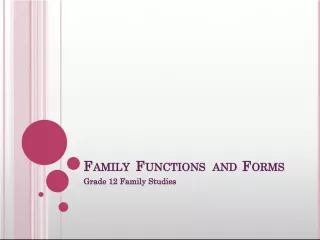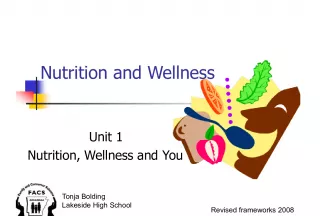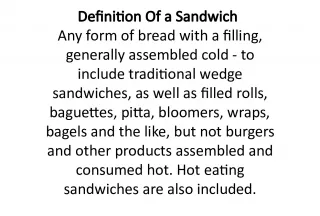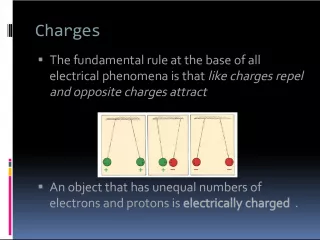Understanding Isolines: Definition, Examples, and Drawing Rules
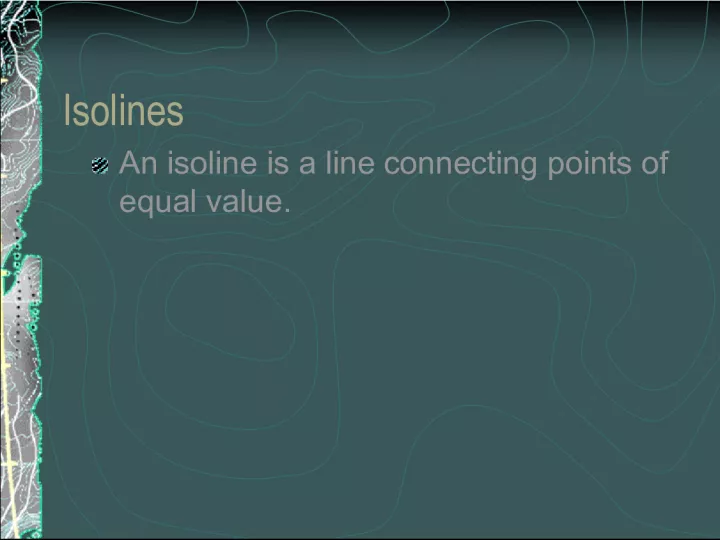

Isolines are lines connecting points of equal value that can be used to represent different phenomena such as temperature, pressure, altitude, and chemical concentration. This article provides an overview of isolines, examples of different types, and rules for drawing them.
- Uploaded on | 7 Views
-
 meghankim
meghankim
About Understanding Isolines: Definition, Examples, and Drawing Rules
PowerPoint presentation about 'Understanding Isolines: Definition, Examples, and Drawing Rules'. This presentation describes the topic on Isolines are lines connecting points of equal value that can be used to represent different phenomena such as temperature, pressure, altitude, and chemical concentration. This article provides an overview of isolines, examples of different types, and rules for drawing them.. The key topics included in this slideshow are isolines, definition, examples, drawing rules, temperature, pressure, altitude, chemical concentration,. Download this presentation absolutely free.
Presentation Transcript
1. Isolines An isoline is a line connecting points of equal value.
2. Examples of isolines: Isotherms: points of equal temperature Isobar: points of equal barometric (air) pressure Contour: points of equal altitude Concentration of chemicals Anything else you can get a value for. (The weather channel loves isolines!)
6. Rules for Drawing Isolines: 1. Isolines connect points of equal value. 15 5 5 15 10 10 10 10
7. 2. Isolines are gentle, curving lines- no sharp corners. 15 5 5 15 10 10 10 10
8. 3. Isolines are always closed curves even though the map might only show part of it.
9. 4. Isolines NEVER cross- this would mean that one point has two different values. Ex: one spot has two temperatures? 20 30 40 50 60 X Y Z
10. 5. Isolines usually are parallel. (They have a parallel trend.)
11. Visualizations of contour lines http://geology.asu.edu/~sreynolds/topo_gallery/t opo_gallery.htm
13. Gradient Gradient shows how quickly the value changes from one point to another.
14. A steep (high) gradient changes quickly and the isolines are close together. A gentle (low) gradient changes slowly and the lines are far apart. Steep area Gentle area
15. Making Contours worksheets Worksheets can be printed from: http://www.rcmurphy.net/Medina%202005/docu ments/Contours123.doc
16. Highlight data points.
17. Fill in gaps in data.
18. Connect the dots.
19. Go on to the next value.
20. Making a Contour Map II
22. Drawing Contour Maps III
